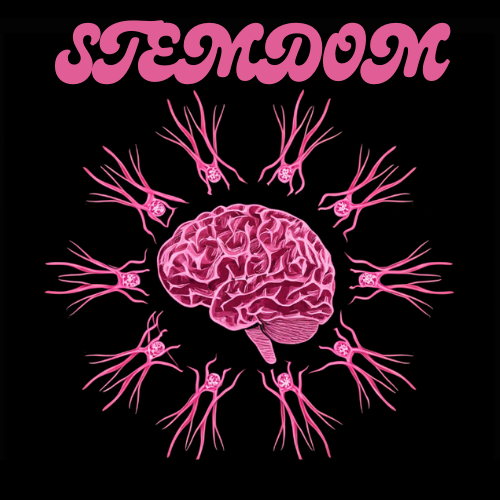A few days ago, my friend (a PCM student, by the way) came up to me and said, “Kiara, you’re a bio student, right? Can I ask you a question?” Knowing her, I had a feeling this was going to be way out of my depth, but I told her to go ahead.
And her question was:
“How does the brain store memories? How do we process them?”
At that moment, I knew I was doomed. I mean, what did she expect from me? Don’t get me wrong, I love all things bio, but do I look like I have a PhD in neuroscience?
I admitted, a bit reluctantly, that I had absolutely no clue. Embarrassing? Yes. But the question stuck with me. It intrigued me. And that is how I ended up here writing an article on memories.
So how does our brain actually store memories?
It is an extremely complex process, but let’s break it down together.
Step 1: Encoding
This is when your brain takes everything around you in. It starts when you experience something, like watching the new Minecraft movie or learning a new fact (like you are doing right now). Your brain absorbs the sights, sounds, and feelings, basically all your senses, and encodes them into signals that your neurons can understand.
Multiple areas of the brain are involved in this process. But the real question is, who is the man of the match?
No, it is not Vaibhav Suryavanshi. It is the hippocampus.
Step 2: Storage
No, this is not your phone asking you to clear up space. Though your brain could probably use a little cache cleaning, or maybe a total reboot.
Remember those signals we talked about earlier? They travel through your brain’s neural pathways. The connections between neurons, called synapses, get stronger with repetition and emotion. Yes, overthinkers, we are talking about you.
If you keep thinking about something, or if it meant something to you, like an embarrassing moment or an insanely good college accepting you (hello Harvard, I am available), it gets stored in your long-term memory, mainly in the cerebral cortex.
Step 3: Retrieval
Later, when you remember that moment or fact, your brain reactivates those same neural patterns. This is called retrieval. Basically, your brain is replaying the memory, kind of like that one Spotify playlist you have on loop (seriously, stop harassing it already). It lights up the same neural pathways all over again, bringing the memory back into focus.
Other factors:
Sleep helps consolidate, or “lock in,” memories. So maybe stop pulling all those all-nighters.
Emotions are memory’s best friend and worst enemy. Strong feelings like fear, joy, or excitement can make memories much more vivid. That is thanks to your amygdala, the same part of your brain responsible for your sleepless nights after binge-watching horror movies.
Looking back, admitting that I did not know the answer to my friend’s question was a bit embarrassing. But instead of avoiding it, I turned that moment into a journey of discovery.
In a way, saying “I don’t know” opens the door to learning something new. Now I not only have an answer to my friend’s question, but I have also learned so much about how our brain works in the process. So embrace embarrassing moments and turn them into opportunities for learning and fun.

Amazing!! You even give simple example!
Thanks a lot for your support! 🙂